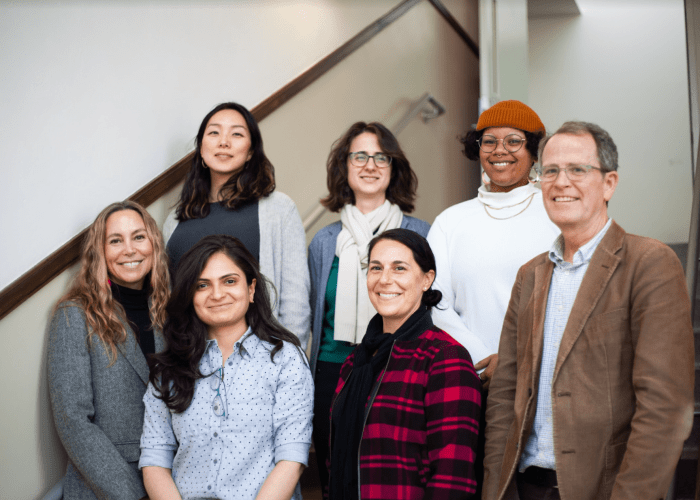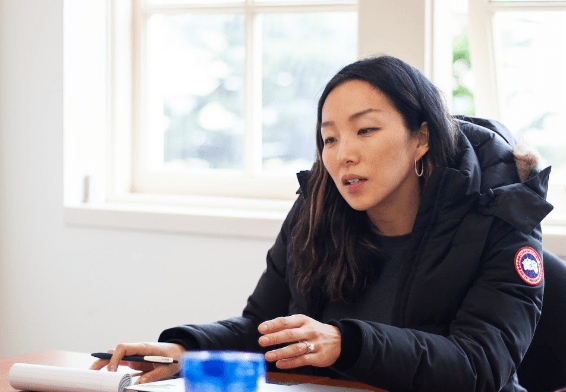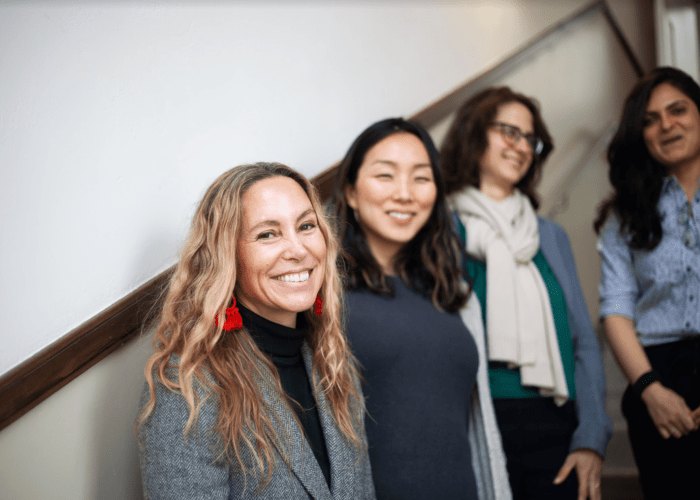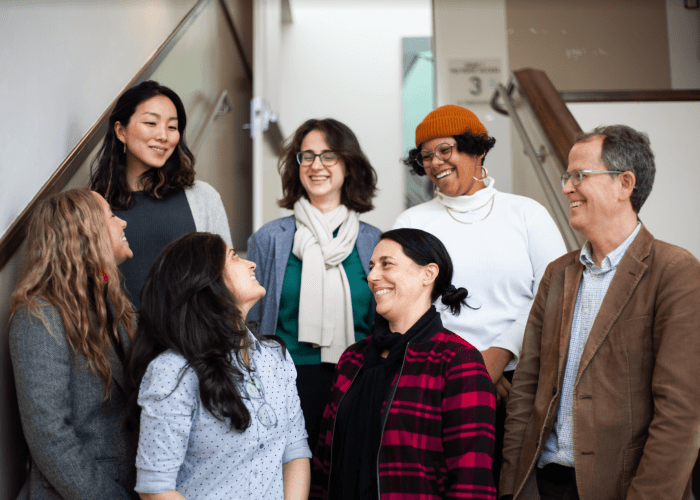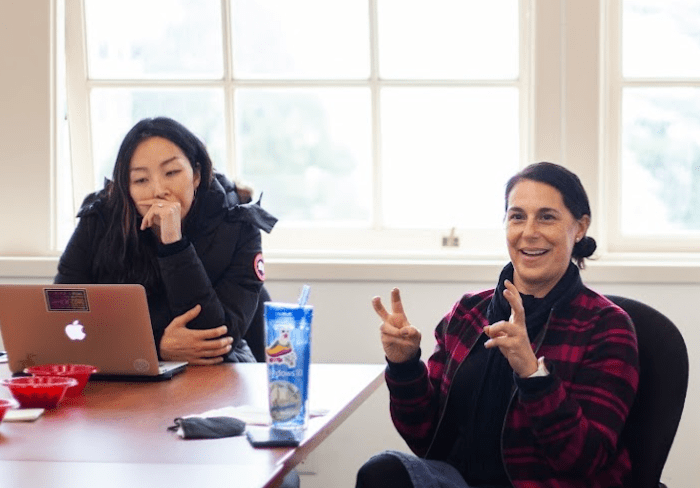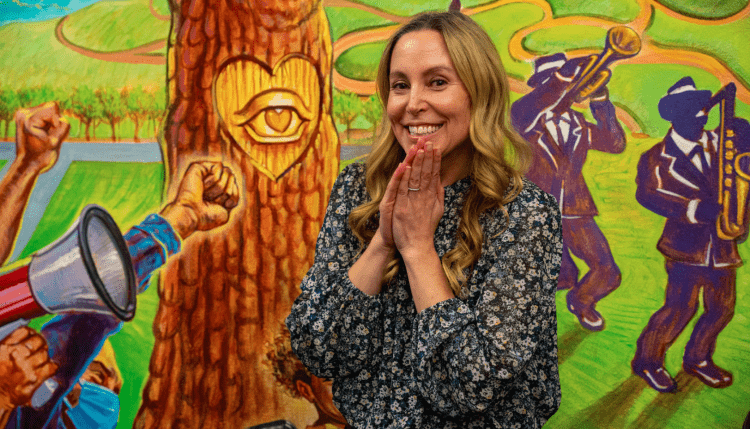
5 Things You’ll Learn as a CELT Fellow
In this week’s blog, Star Plaxton-Moore, Director of Community-Engaged Learning, shares her wisdom with five main takeaways that a Community-Engaged Learning and Teaching (CELT) Fellow will learn during their program. Find out what key aspects of teaching are necessary in fostering a meaningful, community-engaged learning course across all disciplines.
In my 17 years at USF, one of my favorite responsibilities has been facilitating the annual Community-Engaged Learning and Teaching (CELT) Fellowship for USF faculty interested in designing or revising courses to integrate community engagement. The fellowship brings together a learning community of 5-10 full time and part time faculty members from across disciplines to explore community engagement principles and foundations, social justice approaches to CEL, student development and learning, community partnerships, integration of reflection and assessment, and critiques of engagement practice. Fellows learn from provocative readings, group discussions, and panels of faculty, students, and community partners. They also exchange strategies, tools, and resources with each other to enhance their pedagogical praxis.
Some common takeaways that CELT Fellows have shared in reflections after the experience include:
1. CEL courses can take many forms: Reviewing syllabi from the CEL sample syllabus repository, hearing from a faculty panel, and reviewing the CEL dimensions allows CELT Fellows to understand that they can exercise a lot of creativity in how they design their courses. Students can commit anywhere from 20 to 100 hours to community engagement in a semester, ranging from participating in individual internship experiences to undertaking community projects as an entire class with the instructor working alongside them. CEL is suited to any discipline, but requires intentionality to connect the community experience with the disciplinary curriculum. In terms of the community engagement activities, they might look like research, project-based work, or direct service provision…or a combination of these.
2. The community engagement experience must be contextualized through an analysis of systems of power, privilege, and oppression: Whether students are tutoring children, developing a layout for an annual report, conducting satisfaction surveys with shelter clients, or working alongside neighborhood residents to build a community garden, it’s important for them to understand how their activities are situated in a broader context. Faculty can bring in community leaders as guest speakers to talk about the challenges and opportunities facing their community, share the history and current policies affecting the neighborhood, and provide information on how the community is working to address issues. Facts and stats about how particular issues affect diverse constituencies can be accompanied by narratives of people reflecting on their experiences of enduring and resisting injustice. Introducing critical theoretical frameworks provides students with a lens of analysis for integrating their community experiences with other sources of information that illuminate the systems and structures that disproportionately affect certain groups.
3. Mutually respectful and trusting relationships are a critical foundation of CEL: While it’s necessary to attend to logistical elements of collaboration, including aligning expectations for student contributions/deliverables, setting up a feedback loop, planning for prerequisite background checks (when applicable), and ensuring that student availability matches the organization’s schedule; it’s also crucial to take time to build interpersonal relationships with community partners and students. Nurturing these relationships fosters trust and respect, ensuring that each person involved in community-engaged learning is honored for the gifts, skills, and connections they bring to the collaboration. In turn, this creates a foundation for innovating, expanding, and enhancing the community-engaged partnership to try out more impactful ways of working together.
4. Students need explicit guidance and scaffolding to reflect meaningfully on their CEL experience: When we don’t provide enough guidance in the reflective process, students tend to stick to a format of retelling what happened during their community-engaged experience. They may also talk about how it made them feel, ranging from expressing fear about going into community to feeling good about helping others. We want to move students away from these surface level expressions of their experiences to help them process how their experiences are reinforcing or challenging their values and world-views, aligning or conflicting with dominant narratives about particular communities and issues, and connecting with the concepts and theories they are learning in the class. The way to do this is through developing thoughtful question prompts that guide students to process and demonstrate their learning toward achievement of course outcomes.
5. CEL instructors should always remain critical of their own practice: In the CELT Fellowship, we spend an entire session exploring critiques of community-engaged learning. We know from scholarship in the field, and our own experiences of community-engaged teaching that there are many ways we can do harm or get it wrong. If we aren’t careful, students might enter into communities ill-prepared, misunderstanding their role as saviors or heroes, instead of as apprentices working alongside folks in the community leading change. Further, our enthusiasm for collaborating with community partners might divert their energy and attention away from their most urgent work in order to accommodate CEL students. And it’s possible that our curriculum (or lack of curriculum) to contextualize student experiences will foster oversimplified understandings or judgmental opinions about particular groups, versus helping students to see the inequitable systems and structures within which they operate. Thus, it’s imperative that we are always reflecting on, and critiquing our praxis as community-engaged educators, growing our knowledge and adjusting our pedagogies and curricula to align with our social justice aspirations as an institution.
Learn more about our Community-Engaged Learning here.

